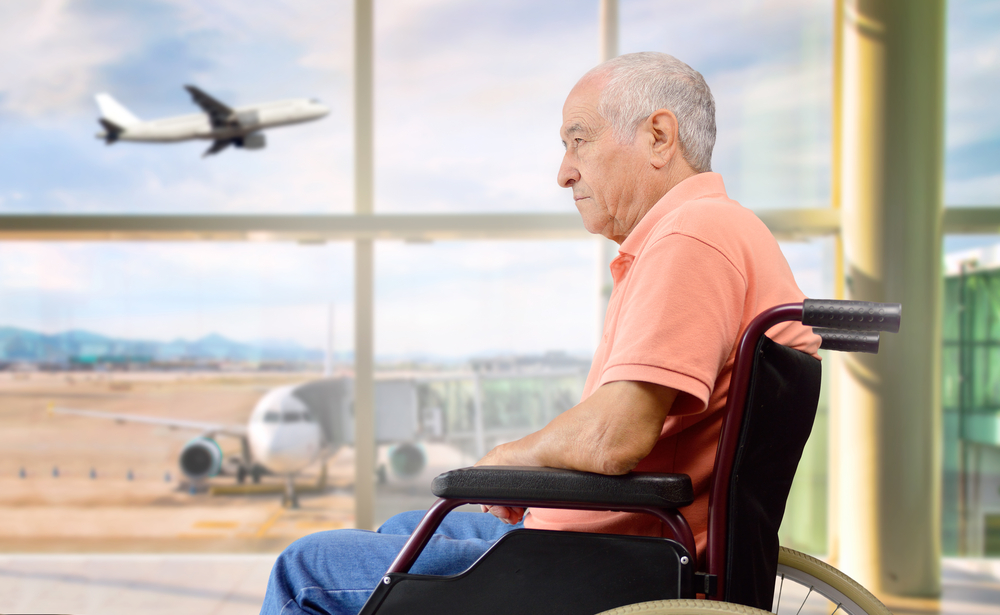Airline provided $300 and loaner wheelchair, but family says transferring man in and out of chair not safe.
A Brantford, Ont., man has been stranded in Chile without his custom wheelchair after his stepdaughter says Air Canada lost it.
Jim Hamilton and his wife Kathie embarked on a trip to Santiago, the Chilean capital, with Air Canada on Sunday. It’s the first trip they’ve taken since Hamilton, 63, suffered a stroke that left him using a wheelchair in 2021.
But when they arrived, they say they were told the wheelchair hadn’t made the trip with them.
Hamilton’s stepdaughter, Wendy Elliott, has been trying to help them as much as possible from Toronto. She told CBC Toronto the situation has left her feeling helpless and angry.
“A wheelchair is not a piece of luggage. It’s not a piece of sports equipment. It’s not an accessory,” she said. “He relies on it to move, for his life. It’s just so unacceptable.”
Airline provided voucher and loaner wheelchair
After searching the Santiago airport for his wheelchair — worth anywhere from $5000-$7,500, according to the family —Air Canada representatives provided Hamilton with a $300 voucher and a loaner wheelchair, said Elliott.
But Elliott says Hamilton’s wife is unable to safely transfer him in and out of the replacement chair because it doesn’t have the same removable arms as his own, is too low for Hamilton and one of the foot rests is broken.
The couple was told Air Canada would contact them the next morning, but two days later, Elliott said the airline has yet to reach out.
The airline told CBC Toronto in an email the wheelchair would be flown to Santiago late Tuesday evening, adding, “We fully appreciate the importance of mobility devices to their customers and have processes in place to ensure they travel safely with their owners, and we are reviewing why that did not occur in this case.”
‘A systemic issue,’ advocate says
But Hamilton’s situation is far from an isolated incident, said Maayan Ziv, a disability advocate and the CEO of accessibility app AccessNow.
“I’m unfortunately really not surprised that we’re continuing to see stories and cases of people with disabilities who have had their mobility devices damaged or lost,” she told CBC Toronto.
“This is a systemic issue. It’s not a one-off mistake.”
Air Canada covered the cost of a new wheelchair. But the disability advocate said this was “the bare minimum” that the airline could do.
Under the Accessibility Canada Act, which includes a section on transportation, airlines are legally required to treat people with disabilities with dignity, respect, and equitable rights. The act also requires them to replace or reimburse any lost mobility devices if it is not recovered within 96 hours of arrival.
“But we don’t yet see enough teeth in that legislation to actually hold airlines accountable,” Ziv said.
More needs to be done to combat ableism: advocate
Anthony Frisina, volunteer director of media relations for the Ontario Disability Coalition, agreed that more needs to be done on a policy level to combat ableism in the travel industry.
“We need proper assurances, policy at the government level,” he said. “Making sure that we have the much-needed policy and practices in place by giving people with disabilities the opportunity to be part of the solution.”
Frisina wants to see more people who use mobility devices to be part of the decision-making when it comes to accessible travel.
As well, airlines should be training their staff to be able to properly care for and stow all kinds of mobility devices, including wheelchairs, but also scooters, crutches, and walkers, Frisina said.
He also stressed that asking someone to switch to another mobility device can be dangerous.
“It could be detrimental to one’s health in terms of transfer or even, you know, manoeuvring that mobility device because it’s not set to their needs,” Frisina said.
As for Hamilton, he and his wife have since moved onto a second location in Chile where they are set to depart for a cruise on Friday.
Meanwhile, Elliott said she’s been tracking the whereabouts of Hamilton’s wheelchair online and hopes it was in fact on the flight scheduled for Tuesday.
If it does arrive in Santiago as planned, it’s unclear how it will get to Hamilton or who is responsible for getting it there.
As a potential alternative the Hamiltons are hoping they might be able to find a suitable rental sometime in the next two days.
“We’ll wait and see what the wheelchair looks like when it gets there,” she said. “Whether or not it’s his chair that comes, whether or not the chair arrives in one piece or if it’s damaged or even makes it to them in time is still to be determined.”
Source: CBC

